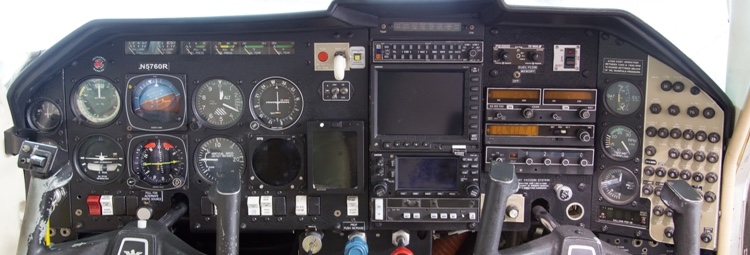With more FBOs trying to cut cost without compromising safety or convenience they are turning to self serve fuel. Along with this there is a potential for fire caused by static electricity.
Causes for static build up:
- Fine filters – Fine filters help to ensure contaminant-free fuel but brings the fuel in contact with a dissimilar material, resulting in a higher charge separation.
- Flow rate – the higher the flow rate the higher the charge sparation and also means more splashing.
- Splashing – Splashing generates a hazard by creating a larger cloud of fumes, even to the point of creating a charged mist.
- Flight – During flight the aircraft will also pick up a static charge. Static wicks on control surfaces bleed off static after ample build up occurs. (Please note that club C152s may not have static wicks — not to worry, this is more of an IFR aircraft issue because most static occurs in clouds or in moisture laden air and at higher speeds.)
Most pilots have noticed the first thing a ramp hand does during refueling is to connect a bonding cable from the truck to the aircraft. This allows the two vehicles to reach nearly the same electrical potential. One of the most important parts of fueling fire prevention is to use the bonding cable. Inspect the bonding clip for corrosion and if needed use something such as an emory board to get back to bare metal.
Fueling it yourself: Connect the bonding cable from the pump cabinet to a bare piece of metal on you aircraft such as the landing gear. This should be done before filler caps are removed. Equalize electrical potential by touching nozzel to the filler cap, also before removing. Keep nozzle in contact with filler neck while refueling.
Try not to be in a hurry due to rain or someone waiting in line — each step is equalling important. If you have any questions about the process or have never done this, take an instructor to Siler City airfield and try it out.
Question: Do you know the difference between bonding and grounding?
References: Aviation Safety Magazine, Feb 2003
These safety tips are provided by the WCFC Safety Committee. They are intended to stimulate thought and discussion about flight safety and do not necessarily represent club policy nor are they intended to replace instruction from a qualified instructor.
